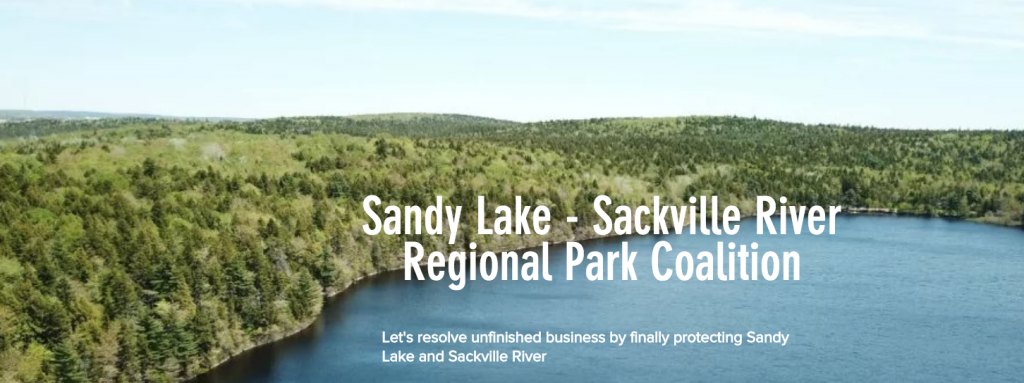UPDATE Mar 29, 2021: 4 lessons now available: Introduction, Watersheds, Habitat & Egg Observation, Shelter and Alevin Observation
View more at SACKVILLE RIVERS ASSOCIATION EDUCATIONAL PROGRAMVIRTUAL FISH FRIENDS/RIVER RANGERS 2021
————
Original post
I just checked out the first video lesson the SRA (Sackville Rivers Association) has posted in its new online Fish Friend Series series, launched because of limitations on their hands-on programs in Covid times. It is incredibly well done.
The lessons are geared for elementary school children, but I still enjoyed and learned from this first video – especially about First Nations’ Perspectives.
In the first video (LESSON 1: INTRODUCTION)
- Students are introduced to the SRA and the work they do
- Students are introduced to the concepts of “Watershed” and “Habitat”
- Students are introduced to scientific and traditional (Mi’kmaq) approaches to ecological knowledge

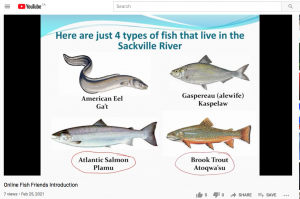
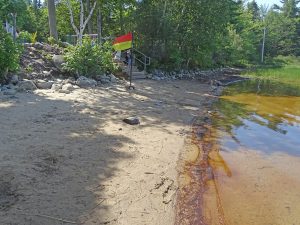
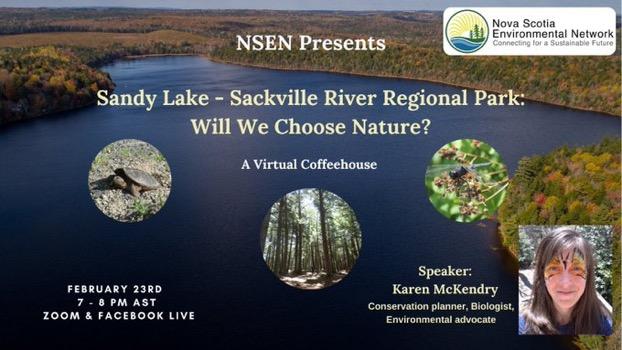



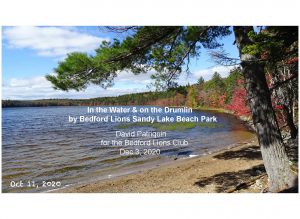 A presentation by David Patriquin to the Bedford Lions Club on Dec 3, 2020.
A presentation by David Patriquin to the Bedford Lions Club on Dec 3, 2020.